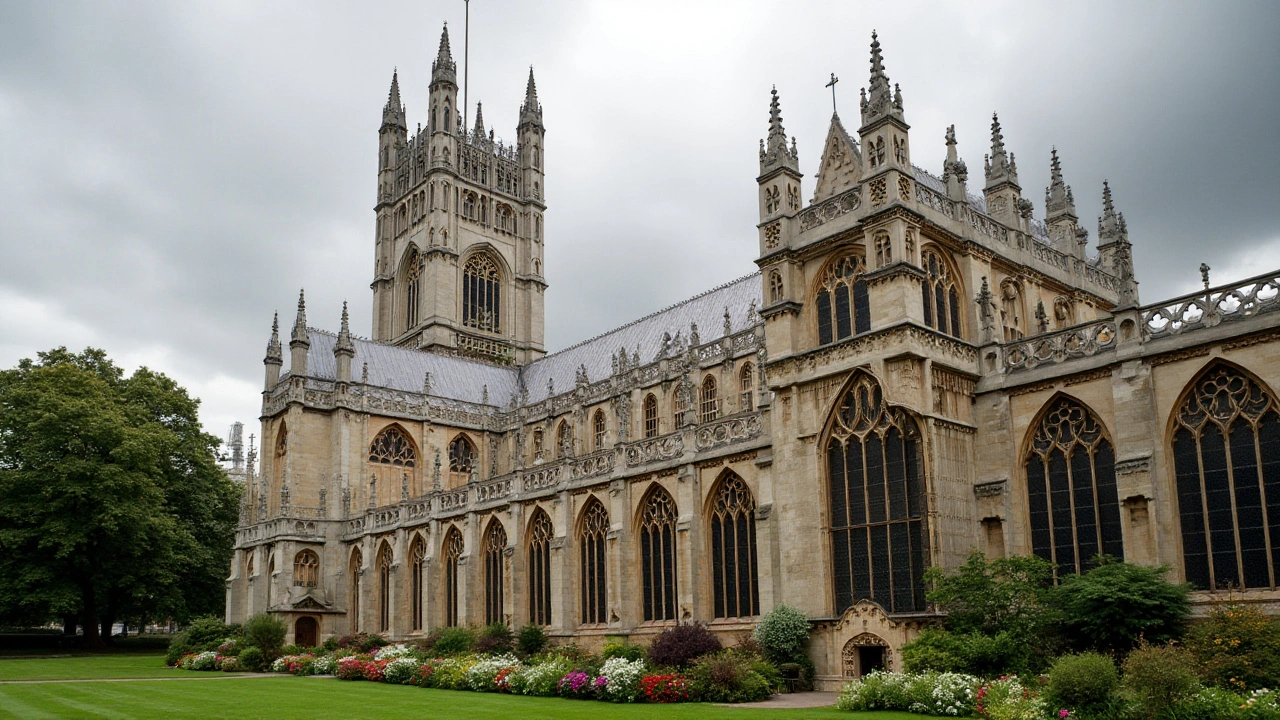Gothic Revival Architecture is a fascinating blend of medieval design elements and modern aesthetics. This article dives deep into its history, key characteristics, and examples, giving readers insights into what makes this style so distinctive. From soaring spires to intricate stonework, discover the elements that define Gothic Revival. Learn tips on identifying this style in buildings and understanding its cultural significance.
Gothic Revival: How to Spot, Appreciate, and Use Its Design Today
Gothic Revival still shows up in towns and cities, often where you least expect it. Those pointed arches, vertical lines, and ornate stonework catch your eye because they push your gaze upward. This style began in the late 18th century as a reaction to classical order and kept growing through the 19th century, mixing medieval inspiration with new building tech. You’ll find it on churches, universities, government buildings, and even homes. Knowing a few simple features helps you tell authentic Gothic Revival from later imitations.
Start with the roof and windows. Look for steeply pitched roofs and lancet windows — tall narrow windows with pointed tops. Tracery, the stone or wood patterns inside windows, often forms delicate lace-like shapes. Buttresses and pinnacles are common, not always structural but used to create a fortress-like rhythm. Decorative elements like finials, quatrefoils, and carved foliage are frequent, and they point to a designer wanting drama, not restraint.
Materials and construction tips
Gothic Revival often uses local stone or brick with detailed masonry. Cast iron and cast stone appear in later examples, showing how craftsmen mixed traditional looks with industrial materials. Inside, expect wood-paneled walls, exposed beams, and tall vaulted ceilings in larger buildings. If you’re restoring or renovating, match mortar color and joint width and test cleaning methods on small areas first. Replacing missing tracery or finials with sympathetic modern replicas keeps the look without faking history.
Why it matters now
This style survives because it feels human-scaled and expressive. In cities, Gothic Revival buildings offer texture and detail that modern glass boxes often lack. Designers borrow its vertical emphasis and ornament to add character to new projects — think stepped façades, pointed motifs, or window shapes that echo lancets. When working with a Gothic Revival building, focus on clarity: preserve key elements, simplify reversible changes, and keep modern systems (HVAC, wiring) hidden where possible.
Want to spot local examples? Check university campuses, old civic centers, and churches built in the 1800s. Walk around and photograph details — door surrounds, rooflines, and window tracery make great study subjects. Compare what you see with online archives or local preservation groups; many towns keep records that reveal architects and construction dates. If you love the detail but live in a modern house, borrow elements like pointed windows, dark wood finishes, and decorative ironwork to nod to the style without going full period.
Quick checklist before a restoration: document existing details, photograph all elevations, consult a mason familiar with historic mortar, prioritize repairing over replacing, and choose reversible modern upgrades. Budget for custom pieces — a copied finial or tracery panel often costs less than you think and keeps character intact.
Gothic Revival is about emotion and storytelling through architecture. It asks buildings to look outward and upward, to hold ornament as meaning. Once you know the signs, these buildings stop being background and become pieces of a city’s personality you can read and enjoy.
Gothic Revival Architecture has woven itself into the tapestry of modern design by influencing contemporary architectural expressions. This article explores how the ornate and intricate features of Gothic Revival have been reinterpreted in today's architectural scene. It delves into the ideological roots of the style and its metamorphosis into modern interpretations, demonstrating its significance in present-day building practices. The discussion focuses on how these historical elements are harnessed to enhance aesthetic and functional aspects of modern buildings.


